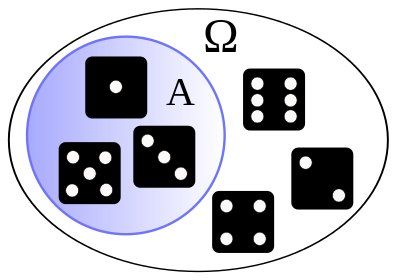Quantum mechanics and free probability
EU-funded research has made important progress in deriving mathematical descriptions of quantum probability, an extension of classical probability that has important applications in quantum physics and telecommunication.
The main focus of probability theory is the algebra of random variables.
In the conventional approach, one selects a sample space and assigns a
probability (expectation) to a number of events in that space, building
algebras of random variables. The random variables, the probability of a
certain event in that sample space, are commutable, meaning that
changing the order of operands does not change the result.
In quantum mechanics, the sample space is replaced by the space of
states and the expectation is now the expected value on a given quantum
state. Physical observables take the place of the random variables that
generally do not commute. Quantum probability, also called
noncommutative probability, incorporates the possibility of
noncommutative operations, encompassing both the quantum and classical
states. Developed in the 1980s, it has provided models of quantum
observation processes that resolve many of the apparent inconsistencies
of quantum mechanics.
Quantum probability contains many different notions of independence,
the most prominent of which is free probability, a concept created
around 1985. The discovery in 1991 that it is closely related to random
matrix theory led to exciting new results, concepts and tools, and the
identification of important applications. The EU-funded project
'Independence and convolutions in noncommutative probability' (ICNCP)
investigated the mathematical theory of free probability and free
independence, pushing the frontiers of both classical and free
probability.
The short two-year research effort resulted in nine publications and
10 presentations. Outcomes will make an important contribution to the
field and eventually to the description and development of practical
devices.
published: 2015-02-27
